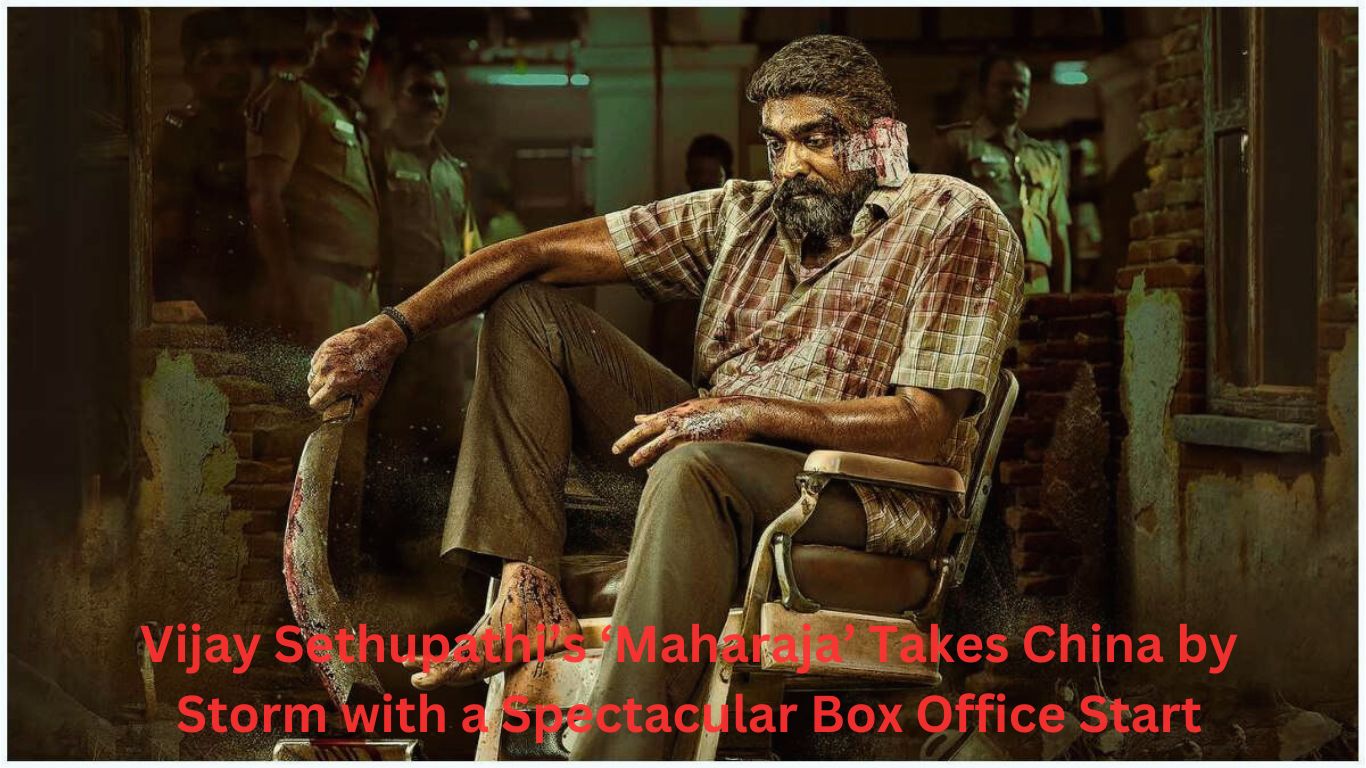In the realm of cinema, travel and adventure have served as vital narrative devices that not only entertain but also resonate deeply with the human experience. Through the lens of filmmakers, viewers are transported to exotic locales, experience breathtaking landscapes, and join characters on transformative journeys. As a reflection of our innate curiosity and longing for exploration, movies that depict travel and adventure capture the essence of wanderlust while simultaneously delving into profound themes of discovery, connection, and self-realization.
The Allure of Escape
One of the primary reasons audiences are drawn to travel-themed films is the allure of escape. Life can often feel mundane and confining, filled with responsibilities and routine. Movies offer a portal to distant places and different eras, allowing viewers to experience adventures they might never undertake themselves. From the sandy beaches of "The Beach" to the snowy peaks of "Into Thin Air," cinema transports us to worlds brimming with possibility. The visual power of film, combined with compelling storytelling, has the ability to awaken the desire for escapism, making cinematic travel an enticing invitation to explore the unknown.
Transformative Journeys
At their core, most travel films are about transformation. They reflect the idea that, much like life itself, the journey is as important as the destination. Iconic adventure films like "Eat Pray Love" and "Wild" showcase how travel can be cathartic, helping characters confront their inner demons and emerge renewed. The physical act of traveling often mirrors the emotional journeys characters undergo—each mile traveled symbolizes growth, healing, and self-discovery.
In these narratives, travel facilitates change, challenging characters to step outside their comfort zones, engage with diverse cultures, and learn valuable life lessons. The journey transforms them in ways they could never have imagined, reinforcing the notion that adventure is not merely about the places we see but the people we become along the way.
Cultural Exploration and Connection
Cinematic journeys also serve as a window into different cultures and lifestyles. Films such as "The Motorcycle Diaries" and "The Secret Life of Walter Mitty" highlight the beauty of our diverse world, showcasing breathtaking indigenous landscapes while offering insights into local customs, traditions, and philosophies. Through these films, viewers gain a deeper appreciation for global cultures, fostering empathy and understanding.
Moreover, adventures often present the opportunity for characters to connect with others from various backgrounds. These interactions help cultivate shared experiences and relationships, showcasing the universality of the human experience. In many cases, the bonds formed during travel transcend cultural barriers, highlighting the power of empathy and shared adventure.
The Cinematic Language of Adventure
Through various cinematic techniques, filmmakers create immersive experiences that enhance the sense of travel and adventure. Stunning cinematography captures breathtaking vistas, from sweeping aerial shots of mountain ranges to intimate close-ups of bustling marketplaces. The sound design—from the rustling of leaves in a forest to the hum of a crowded city—adds to the atmosphere, evoking emotions tied to exploration.
Editing choices also play a pivotal role in conveying movement and adventure. Quick cuts can evoke the rush of high-speed travel, while longer takes may allow viewers to soak in the beauty of a landscape, mirroring the reflective moments experienced during real journeys. Additionally, the selection of music can amplify the emotional resonance of travel, enhancing the joy, nostalgia, or contemplation experienced by characters and, by extension, the audience.
Adventure Without Borders
While traditionally, adventure films often have a physical aspect—such as crossing deserts or scaling mountains—the genre has evolved. In today’s globalized world, adventure is no longer limited to physical travel, allowing filmmakers to explore journeys through technology, personal challenges, or even virtual realms. Movies like "Ready Player One" illustrate how adventure can unfold in digital spaces, pushing the boundaries of how we perceive travel in the modern age.
Consequently, the essence of travel and adventure in cinema has expanded to encompass inner journeys, highlighting the complexity of human connection and the metaphorical landscapes we traverse in our lives.
Conclusion
Cinematic portrayals of travel and adventure ignite our imaginations, inspire our dreams, and connect us to one another, transcending geographical boundaries. They evoke the thrill of exploring the unknown while encapsulating the universality of growth and change. As viewers lose themselves in these visual journeys, they are reminded of the profound beauty the world holds and the transformative power of adventure—both in film and in life. Ultimately, the call to explore—and to journey within ourselves—resonates long after the credits roll, illuminating the path that awaits every intrepid traveler.















